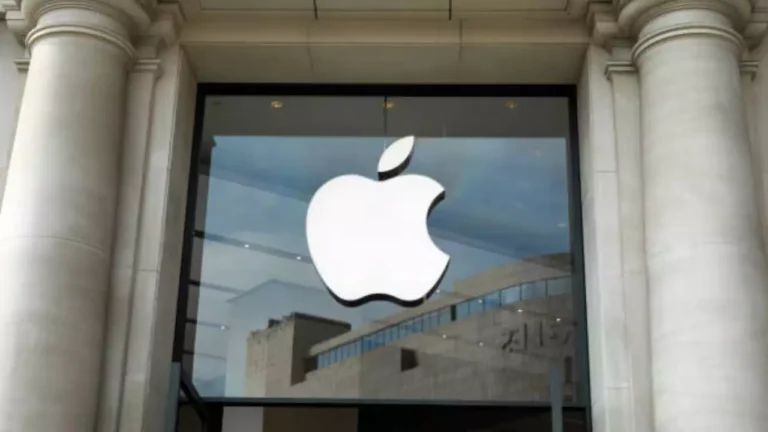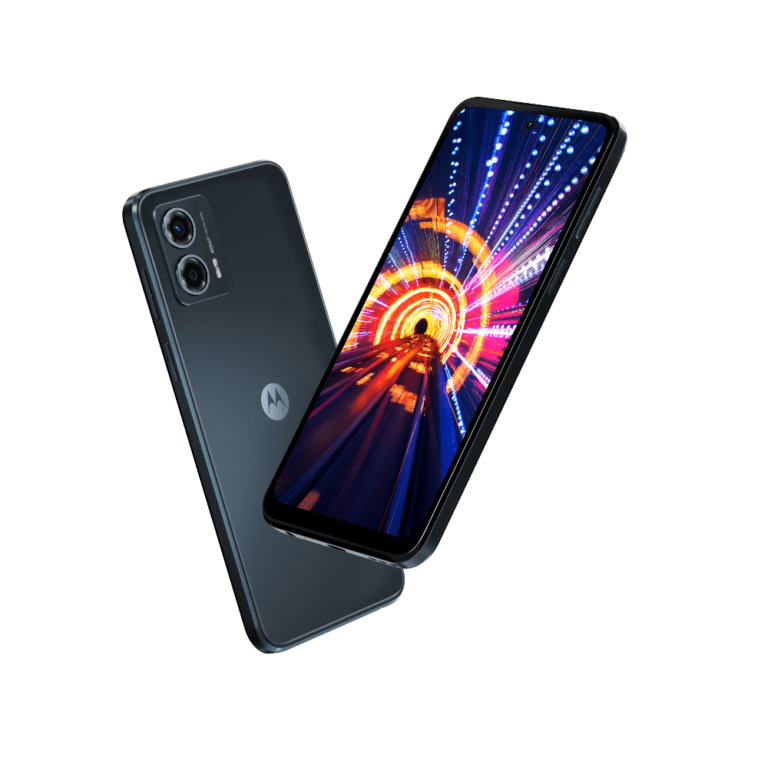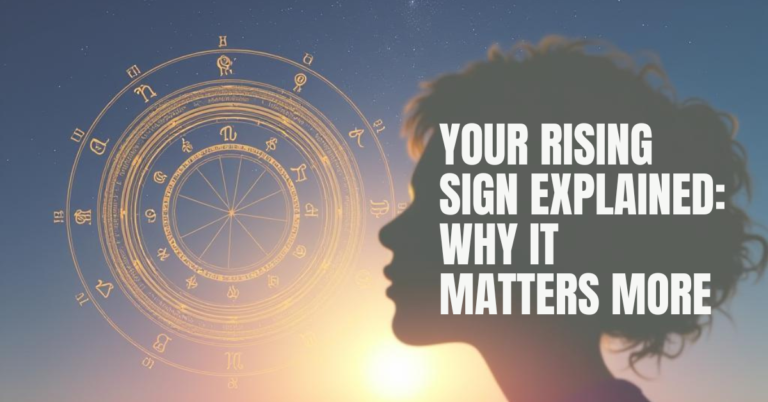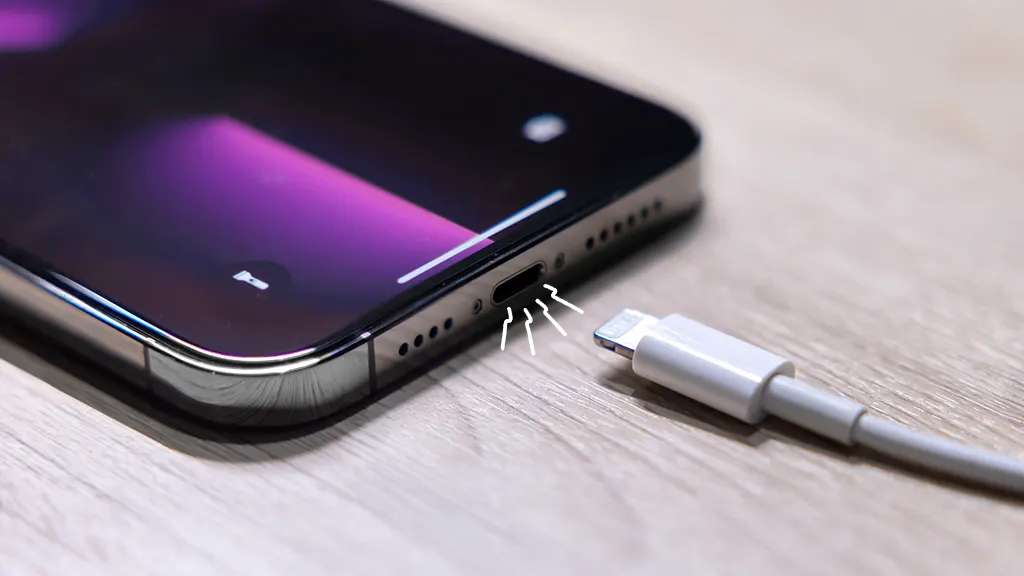
iPhone charging: Apple's Warning
If you’re like many iPhone users, you probably plug your device in to charge overnight, ensuring it’s ready to go when you wake up. However, recent warnings from Apple itself have shed light on potential risks associated with this common practice. In this article, we’ll delve into Apple’s alert regarding the dangers of charging your iPhone while you sleep, exploring the implications and offering alternatives for safer charging habits.
Understanding Apple’s Warning
Apple, the tech giant known for its innovative products, has issued a stark warning to iPhone users regarding the dangers of sleeping with their devices while they are plugged in for charging. Lithium-ion batteries, the power source for iPhones and many other electronic devices, can be sensitive to certain charging conditions. The company emphasizes the importance of avoiding situations where the skin comes into contact with the device, power adapter, or wireless charger for extended periods, especially during charging. This precaution aims to prevent potential risks such as fire, electric shock, injury, or damage to the iPhone or other property.
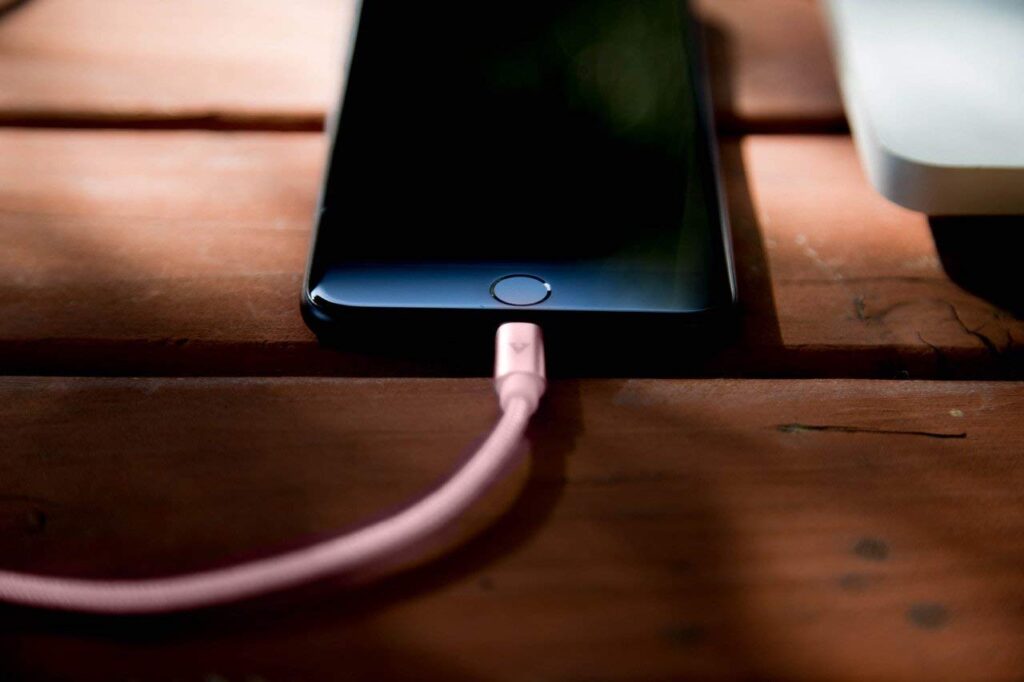
The Core of the Issue: Overheating and Potential Hazards
Apple’s user guide update highlights the dangers of keeping your iPhone, power adapter, or wireless charger under blankets, pillows, or near your body while it’s plugged in. These actions can trap heat, causing your phone to overheat. While modern iPhones have built-in safety features to regulate temperature, prolonged exposure to heat can still be problematic.
Here’s why overheating is a concern:
- Reduced Battery Life: Excessive heat can degrade the lithium-ion battery in your iPhone, leading to a shorter lifespan and reduced capacity over time.
- Potential for Skin Burns: An overheated phone pressed against your skin for extended periods can cause discomfort or even burns.
- Fire Risk: In rare cases, overheating due to blocked airflow or damaged electrical components can pose a fire risk.
Mitigating the Risks: Safe Charging Practices
Here are some practical tips from Apple and general safety recommendations to ensure safe charging of your iPhone:
- Use Certified Chargers: Stick to Apple-approved “Made for iPhone” (MFi) chargers and cables. These are rigorously tested to meet safety standards.
- Prioritize Ventilation: Charge your iPhone on a flat surface in a well-ventilated area, away from flammable materials like bedding or curtains.
- Nightstand Charging Reconsidered: While convenient, avoid keeping your iPhone directly on your nightstand next to your pillow. Opt for a charging station or stand that allows for airflow.
- Temperature Monitoring: If your iPhone feels unusually warm while charging, unplug it and let it cool down before resuming. Consider replacing the charger or cable if the overheating persists.
- Invest in a Timer: If absolutely necessary to charge overnight, consider using a smart plug or timer that automatically cuts power after a set duration.
Beyond the Basics: Addressing Underlying Habits
Apple’s warning sheds light on the potential dangers of a seemingly harmless routine. But it also prompts us to reflect on our smartphone habits:
- Breaking the Nighttime Scrolling Habit: The temptation to check emails, social media, or browse the web before bed can easily turn into hours spent staring at the bright screen. This not only disrupts sleep but also keeps your phone plugged in for longer periods.
- Investing in a Charging Dock: A designated charging dock on your desk or nightstand, away from your sleeping area, can help reduce the temptation to use your phone at night while ensuring it charges safely.
- Exploring Alternative Alarm Options: Many people rely on their iPhone’s alarm to wake up. Consider using a dedicated alarm clock instead, allowing your phone to charge safely away from your bed.
Moreover, using electronic devices before bedtime can hinder the brain’s ability to unwind, leading to difficulties in staying asleep. To promote better sleep hygiene, experts recommend limiting screen time, creating a screen-free bedroom environment, and utilizing night-time modes on devices.
Safer Charging Alternatives
To prolong battery life and minimize safety risks, consider adopting alternative charging habits for your iPhone:
- Charge During the Day: Instead of charging your iPhone overnight, plug it in during the day when you’re awake and can monitor the charging process. This allows you to unplug the device once it reaches full capacity, reducing the risk of overcharging.
- Use a Smart Plug: Invest in a smart plug or timer to schedule charging sessions for your iPhone. Set it to start charging a few hours before you wake up, ensuring your device is fully charged by morning without the need for overnight charging.
- Optimize Battery Settings: Take advantage of iOS features such as optimized battery charging, which intelligently manages charging to reduce battery wear. Enable this feature in your iPhone settings to extend battery lifespan and improve overall performance.
- Practice Safe Charging Habits: When charging your iPhone, place it on a flat, stable surface away from flammable materials. Avoid covering the device with bedding or clothing, as this can trap heat and increase the risk of overheating.
Conclusion
Apple’s alert regarding the risks of charging your iPhone while you sleep serves as a reminder of the importance of practicing safe charging habits. By adhering to the company’s guidelines, such as keeping devices well-ventilated, using certified accessories, and avoiding risky behaviors, users can safeguard themselves against potential hazards. Prioritizing safety in iPhone charging practices not only protects the device but also contributes to a healthier and more secure user experience.


